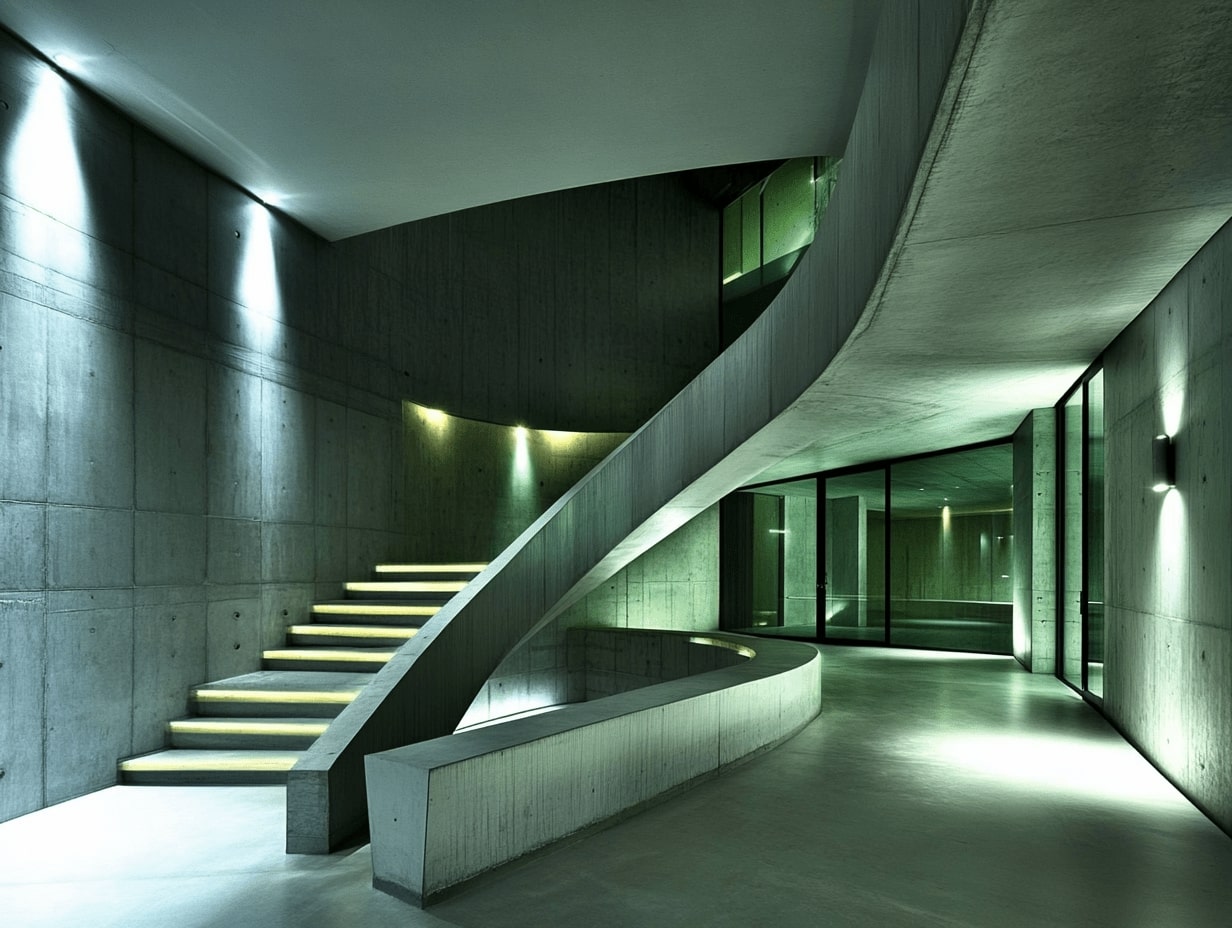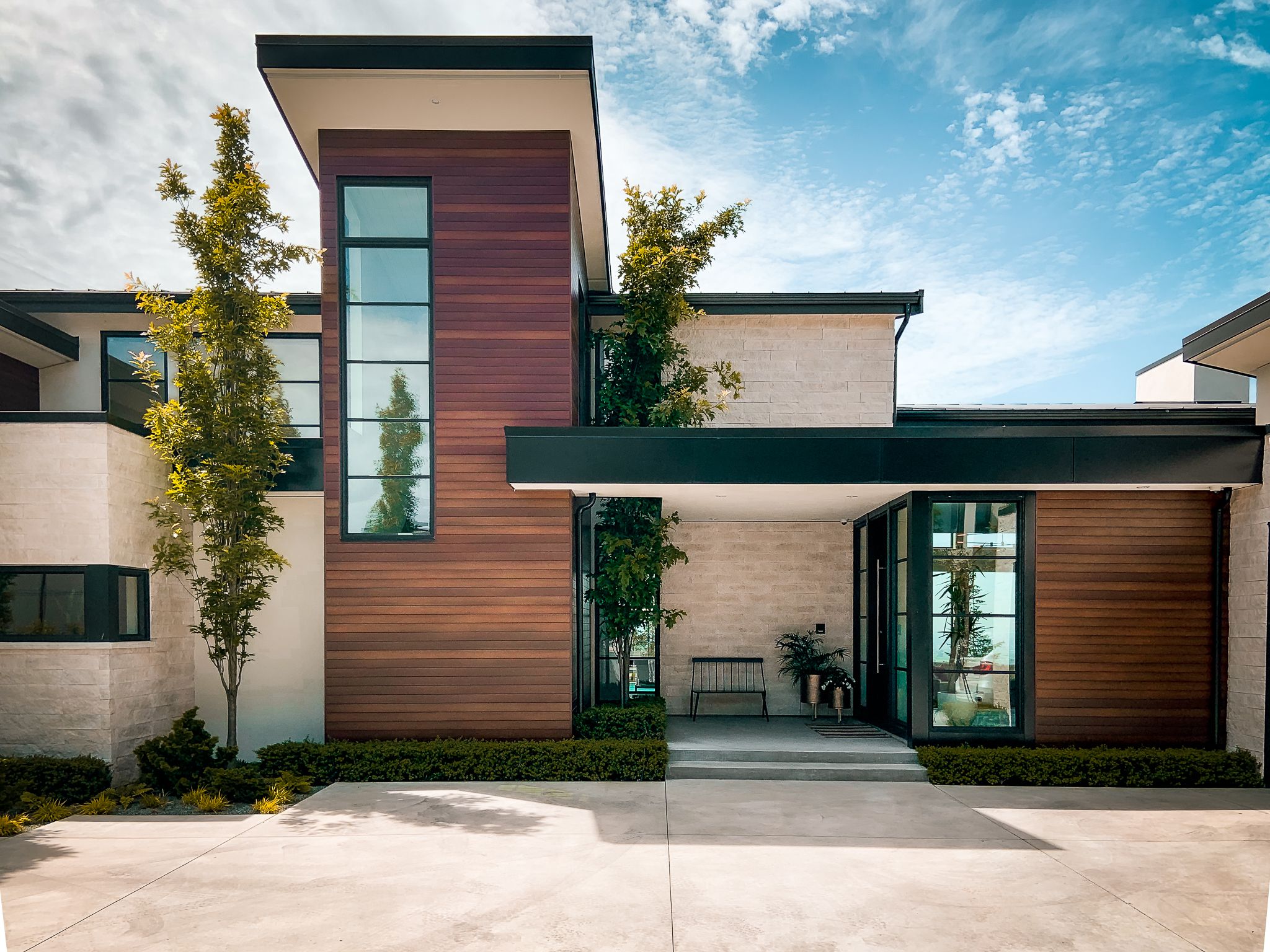In the ever-evolving world of architecture, staying ahead means embracing the latest technology. As architects, we’re constantly looking for ways to enhance our presentations and bring our visions to life. Enter AI-enhanced presentation techniques—a game-changer in how we communicate our ideas. These tools not only streamline our workflow but also elevate the visual and interactive elements of our presentations.
Imagine transforming complex designs into immersive experiences that captivate clients and stakeholders. With AI, we can create dynamic, data-driven presentations that adapt to our audience’s needs. This technology empowers us to present our concepts with clarity and precision, ensuring our ideas are understood and appreciated. As we explore these innovative techniques, we’ll uncover how AI can revolutionize our presentation game, making our architectural visions more compelling than ever.

Understanding AI in Architecture
AI has revolutionized architecture by enhancing design precision and efficiency. Algorithms process vast datasets, enabling architects to craft structures that are both innovative and functional. Architects use AI-powered tools to generate optimal design solutions by analyzing site conditions, climatic patterns, and material properties.
Integration of AI in architecture extends beyond design. In construction management, predictive analytics tools forecast project timelines and resource allocations. AI’s role in sustainability involves energy modeling and performance simulations, helping architects minimize environmental impact through design optimizations.
Collaboration between AI systems and architects results in more informed decision-making. For instance, generative design tools offer multiple design options by considering constraints such as budget and spatial needs. This partnership empowers architects to focus on creative aspects while efficiently managing practical constraints.
Importance of Presentation Techniques
Effective presentation techniques are crucial for architects to communicate their ideas. Architects transform complex designs into concise, compelling visual narratives. This is essential when presenting to clients and stakeholders, as it ensures that architectural concepts are conveyed clearly and effectively.
Enhanced presentations facilitate engagement through interactive elements. Architects immerse audiences in designs, fostering a deeper understanding of proposals. This is especially beneficial when addressing diverse needs and preferences, enabling architects to tailor presentations to specific audiences.
AI-enhanced techniques elevate the standard of presentations by introducing predictive analytics and data visualization. These tools offer architects real-time insights, enhancing the accuracy and delivery of information. By incorporating AI, architects can adapt and refine their presentations based on audience reactions and feedback, ensuring optimal communication and engagement.
Crafting polished presentations strengthens our ability to secure project approvals and foster collaboration. When presentation techniques are honed, they empower architects to vividly convey their vision, ultimately elevating the profession’s standards.

Top AI Tools for Architectural Presentations
Integrating AI tools into architectural presentations transforms complex designs into engaging, visual experiences. By leveraging these technologies, architects enhance the clarity and impact of their ideas.
AI-Powered Rendering Software
AI-driven rendering software generates photorealistic images with sophisticated detail and precision. Tools like Lumion and Enscape automate lighting and texture adjustments, allowing architects to focus on creative elements. AI accelerates rendering times and integrates with CAD programs, streamlining the presentation process.
Virtual Reality and Augmented Reality
VR and AR technologies create immersive experiences for architectural presentations. Platforms such as Twinmotion and ARki allow clients to virtually walk through designs, providing a tangible sense of scale and space. By interacting with 3D models, viewers gain a better understanding of architectural concepts, enhancing decision-making and stakeholder engagement.
Generative Design Tools
Generative design tools use algorithms to produce multiple design iterations based on specific constraints. Autodesk’s Revit and Rhino’s Grasshopper support this approach by analyzing site conditions and material properties. These tools offer architects a range of creative solutions, allowing them to tailor presentations to showcase innovative designs that meet client expectations and project requirements.

Techniques for Creating Impactful Presentations
Incorporating AI-enhanced techniques into our presentations allows us to convey our architectural concepts with increased clarity and impact. These methods transform traditional presentations into dynamic, engaging experiences.
Enhancing Visuals with AI
AI-driven tools elevate our visual presentations by producing photorealistic renderings and immersive experiences. For instance, software like Lumion and Enscape offer automated rendering capabilities, while leveraging VR and AR technologies, such as Twinmotion and ARki, enables us to create interactive, three-dimensional representations of our designs. These tools help clients visualize projects more vividly, fostering an intuitive understanding of complex architectural concepts.
Optimizing Workflow with Automation
Automation streamlines our presentation process, reducing the time we spend on repetitive tasks and enhancing efficiency. AI-powered systems like Revit and Grasshopper aid in rapidly generating multiple design iterations, adhering to project-specific constraints. These automated solutions allow us to focus on refining creative elements by accelerating preliminary design workflows and offering tailored solutions that align with client expectations.
Effective Storytelling with AI Assistance
AI assistance strengthens our storytelling by integrating data-driven insights and intelligent suggestions into presentations. Predictive analytics and AI-empowered visualization tools provide real-time feedback, enabling adaptive narratives that align with audience preferences and reactions. By using AI to tailor our presentations, we engage stakeholders more effectively, securing approvals and promoting collaborative dialogues.

Future Predictions of AI-Enhanced Presentations
AI-enhanced presentations in architecture continue to evolve, promising groundbreaking advancements. As AI technologies advance, we expect presentation methods to become increasingly intuitive and adaptive. One area of development is in personalized content delivery. Presentations might analyze real-time feedback from audience reactions using AI, tailoring content to maximize engagement. These capabilities ensure presentations resonate with diverse audiences, adapting to specific requirements.
Another prediction focuses on immersive technology. AI integration with VR and AR is expected to evolve, offering even more convincing virtual experiences. Users may interact with architectural designs in real-time, manipulating elements to understand spatial relationships better. This evolution could redefine how architects present their visions, making intricate designs more accessible to stakeholders.
AI’s role in predictive analytics is set to expand. By incorporating predictive models, architects can anticipate potential client queries or concerns and address them proactively, enhancing presentation effectiveness. AI-enhanced tools could suggest real-time modifications, aligning presentations with stakeholder needs swiftly.
Moreover, AI’s capacity for handling complex datasets opens possibilities for more elaborate data visualizations. We might see presentations leveraging vast amounts of information presented in intuitive formats, ensuring clarity in conveying detailed architectural concepts. This might revolutionize the narrative structure, focusing on data-driven storytelling.
Understanding AI’s potential to further enhance presentations helps us prepare for a future where architectural communication becomes more engaging, personalized, and efficient. The continuous integration of AI will likely refine and redefine presentation standards within the architectural domain.







